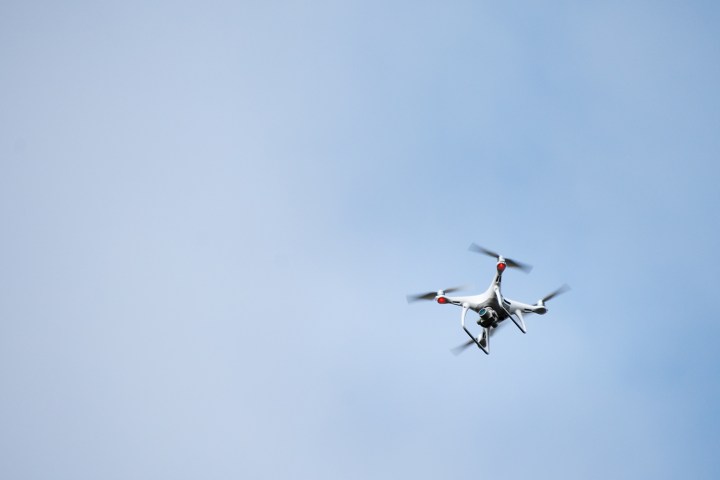
Search and rescue teams are quickly adopting imaging drones to act as eyes in the sky — and the Red Cross will even soon have it’s own drone-launching Land Rover. Meanwhile, DJI’s report has an unexpected statistic. One third of those rescues were not from rescue teams, but from volunteers operating their own consumer drones, suggesting that even hobbyist drones are making a positive impact.
DJI’s study is based on global news reports going all the way back to 2013, but it shows that all but 21 of those rescues occurred in 2016 and 2017. The numbers are based only on published reports, and DJI suggests the actual number is much higher. The research group did not include incidents where drones helped narrow the search grid for the rescue teams, for example. And in one case in India late in 2015, up to 200 people were rescued from severe flooding as a result of drone use; but since DJI couldn’t find a definitive number, those estimates were also excluded.
DJI says 31 of the 59 were rescued from a flood and while in most instances the drone camera was used to find survivors, some of the aircraft also tossed down life jackets and rescue ropes. Another 19 people were spotted on land, including one case where a thermal camera identified a missing man in a snowstorm. Nine were rescued from water environments not caused by flooding.
“The clear conclusion is that drones are regularly saving lives around the world. This is occurring even though professional rescue crews are just beginning to adopt UAS technology, and in many cases are relying on bystanders or volunteers to provide lifesaving assistance,” the report from DJI’s Policy & Legal Affairs Department concludes. “DJI is at the forefront in efforts to develop best practices and optimal standards for firefighters, rescue services, and other first responders to integrate drones into their command protocols. As these efforts continue, we expect the number of lives saved by drones to continue to grow.”
The report comes just after a study from the same company suggesting that drone weight limits requiring registration (and a pilot’s license for commercial use) above 2.5 kilograms could be four times higher and still meet the same safety standards.



